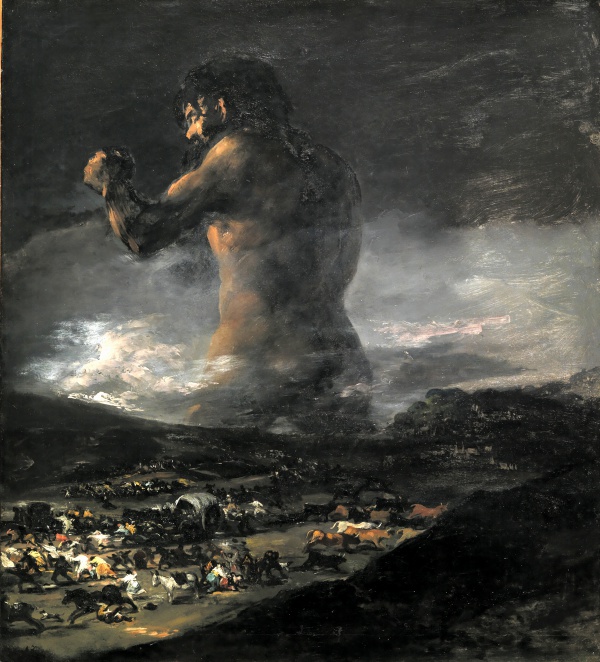Facts About The Colossus
"The Colossus" or "El Coloso" in Spanish, is a renowned painting long attributed to the Spanish master Francisco de Goya. This striking artwork features a towering giant at its center, with its lower body shrouded by swirling clouds and rugged mountains. With a menacing raised fist, the giant looms over a chaotic scene below, where people and cattle are seen fleeing in terror.
The painting has a storied past. Initially owned by Goya's son, Javier Goya, it later came into the possession of Pedro Fernández Durán, who eventually donated it to Madrid's prestigious Museo del Prado. However, the question of whether Goya actually painted "The Colossus" has sparked substantial debate over the years.
Experts have scrutinized every aspect of the painting, from its composition and symbolism to its potential meanings. The giant’s aggressive stance, the desperate figures below, and the dramatic use of light all weave together to create a complex narrative. Scholars have proposed various interpretations, suggesting the painting could represent themes ranging from the horrors of war and patriotic fervor to critiques of monarchy and social structures.
The debate over the painting's authorship is equally intriguing. While some believe it was painted by Asensio Juliá, others, like the esteemed Nigel Glendinning, staunchly defend the attribution to Goya. This ongoing discussion involves meticulous analysis of brushstrokes, historical documentation, and artistic techniques to uncover the true creator.
Despite the controversies, "The Colossus" remains a cornerstone of art history. Its powerful themes of war, nationalism, and the human condition continue to spark lively discussions among scholars and art lovers. The painting’s intricate details and profound meanings ensure it remains a captivating subject for study and admiration.

 France
France